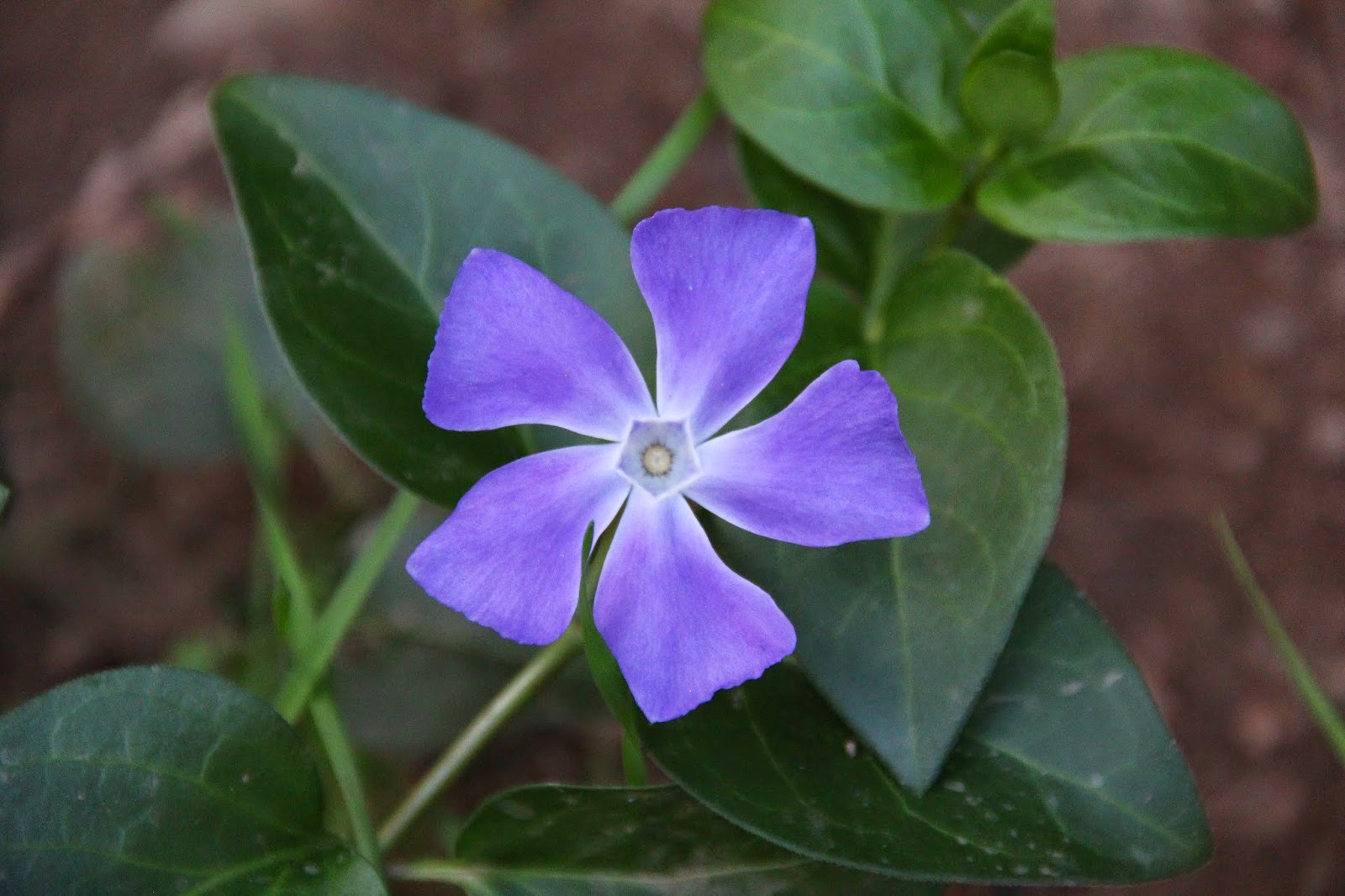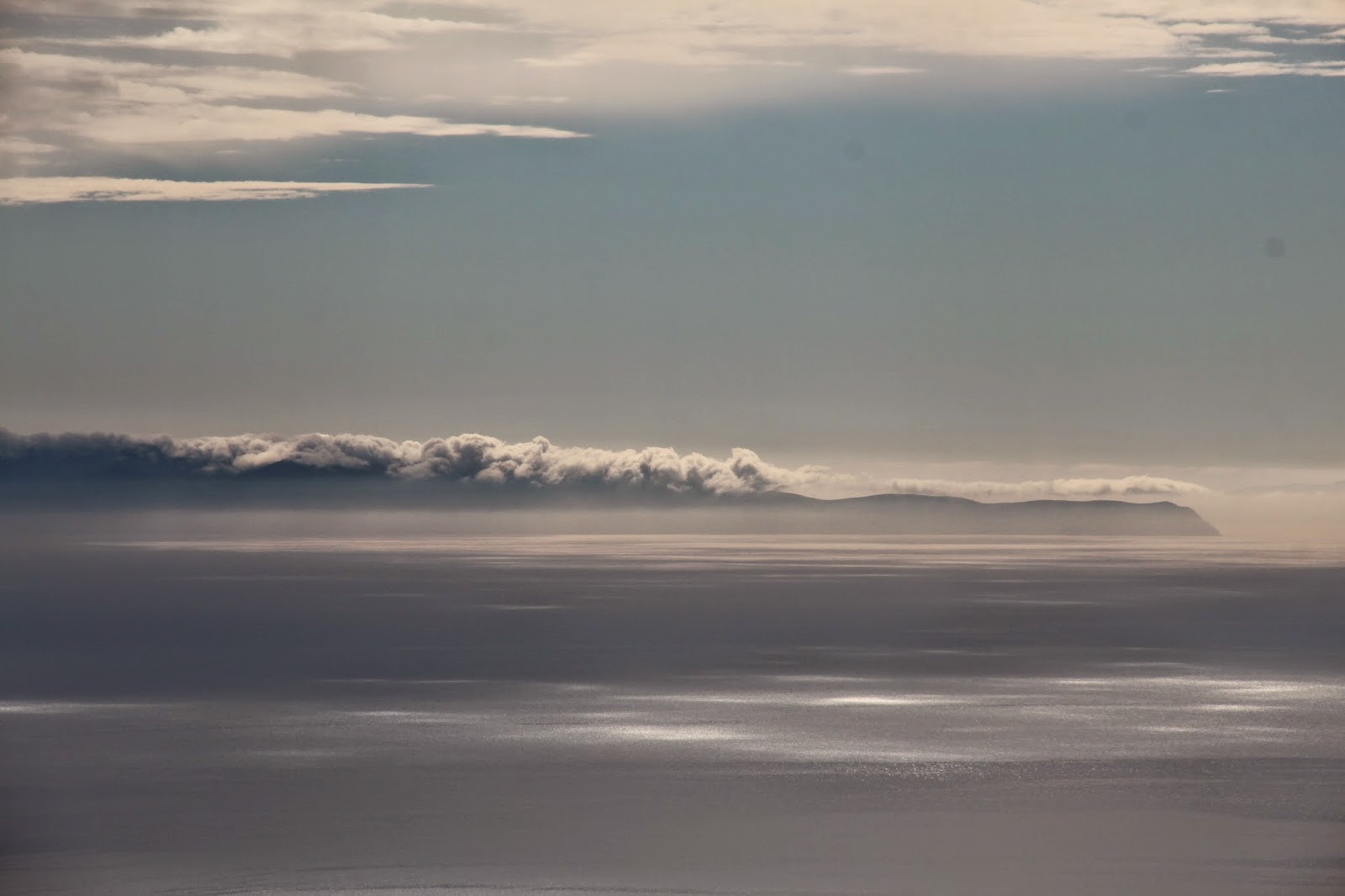 |
| Mt. Hillyer Trail from Rosenita Saddle |
It was a damn good plan. Drive the ACH on a warm and snowless January day to Three Points, follow the Santa Clara Divide Road (3N17) to Pinyon Flats, ascend Bare Mountain by way of its south-western ridge (HPS Route #1), loop back down to Pinyon Flats using Bare's south-eastern ridge (HPS Route #2), then drive back home basking in the glory and after-glow of my mountaineering accomplishment.
But much to my dismay, my plan was foiled by a Forest Service gate blocking my path near the last private camp before Bandido that told me that Santa Clara Divide Road was "Closed for the Season."
 |
| Shut Out - Santa Clara Divide Road |
What is this "season" concept to which the Forest Service was making reference? The sun was out. The sky was blue. It was clear and warm with no hint of a season other than summer. Just like yesterday. And the day before yesterday. And the day before that. Christ, it's been nothing but sunny and warm for the past four years now so the whole concept of "seasons" has become a completely foreign to me. As a result, it didn't even occur to me that Santa Clara Divide Road might be closed for the "winter."
Undeterred, I jumped out of the car and began the westward trek toward Pinon Flats. After all, I hadn't come all this way to be turned back by a Forest Service gate and a little road walk. Or so I thought until half-way to Pinon Flats when I was forced to reconsider. It was already about 1:00 p.m. and I still had about 2 miles to go just to start my ascent of Bare Mountain. If I kept to my original plan, there was a good chance I'd be walking 3N17 back to the car in the dark. I cursed the Forest Service out loud and considered my options.
 |
| Mt. Pacifico from Near the Junction with 3N14 |
 |
| Granite Mountain from Near the Junction with 3N14 |
 |
| Round Mountain from Near the Junction with 3N14 |
 |
| View North Toward Rock Creek |
Back at Rosenita Saddle there was a marked trail that lead south to the "summit" of Mt. Hillyer. Named for Mary Hillyer, a clerk who once worked for Angeles National Forest Supervisor William V. Mendenhall, Mt. Hillyer was once the preferred hideout of notorious bandit, horse thief, and general all-around bad-ass Tiburcio Vasquez (for whom Vasquez Rocks in Soledad Canyon is named). Near Mt. Hillyer, the names of both Bandido and Horse Flats Campgrounds give a nod to the time that Vasquez and his horse-stealing boys spent here. Although I hadn't scouted the area and was without map, Mt. Hillyer would have to be my destination for the day.
 |
| Mt. Hillyer Trail from Rosenita Saddle |
 |
| Spontaneous Rock Art Along the Trail Left by Forest Gnomes |
The trail leading south from Rosenita Saddle meanders through the forest rising slowly until it eventually arrives at the broad, flat plateau that is the "summit" of Hillyer. To call the top of Hillyer a summit is being pretty darn charitable. Hillyer has a summit in the same way that Wright Mountain has a summit, except the latter peak is toothy and prominent compared to Hillyer. Those shortcomings notwithstanding, Hillyer does offer expansive views south of the Alder Creek drainage, the Chilao area, the Mt. Wilson cluster, and Strawberry Peak. It also provides some unique views west to Pacifico and east to Mt. Waterman and the Twins.
 |
| View Southwest Into Alder Creek from Mt. Hillyer |
 |
| View Southeast Into Chilao from Mt. Hillyer |
 |
| Communication Towers Atop Mt. Wilson |
 |
| San Gabriel Peak and Mt. Disappointment |
 |
| North Face of Strawberry Peak |
 |
| Mt. Waterman and Twin Peaks from Hillyer |
 |
| Twin Peaks from Hillyer's Summit |
 |
| Mt. Waterman from Hillyer's Summit |
 |
| Mt. Hillyer's "Summit" Such as it is |
 |
| Pacifico Mountain from Hillyer |
After exploring the area for awhile, I retraced my steps back to Rosenita Saddle to began the road walk back my car. On my way, I ran into Sewellymon who was grinding his way up to Hillyer from Chilao on his mountain bike. Along 3N17, the clouds began to creep across the sky providing some interesting and beautiful lighting to the south.
Despite my early fumble, this day was not ultimately disappointing. The mountains and forest still provided. They always do.
 |
| Road Walk Back to the Car Along 3N17 |
 |
| Winter Sky from Santa Clara Divide Road |
 |
| Cargo Ships and Santa Catalina from the ACH |
 |
| Snow-Capped Mt. Baldy from the ACH |































































